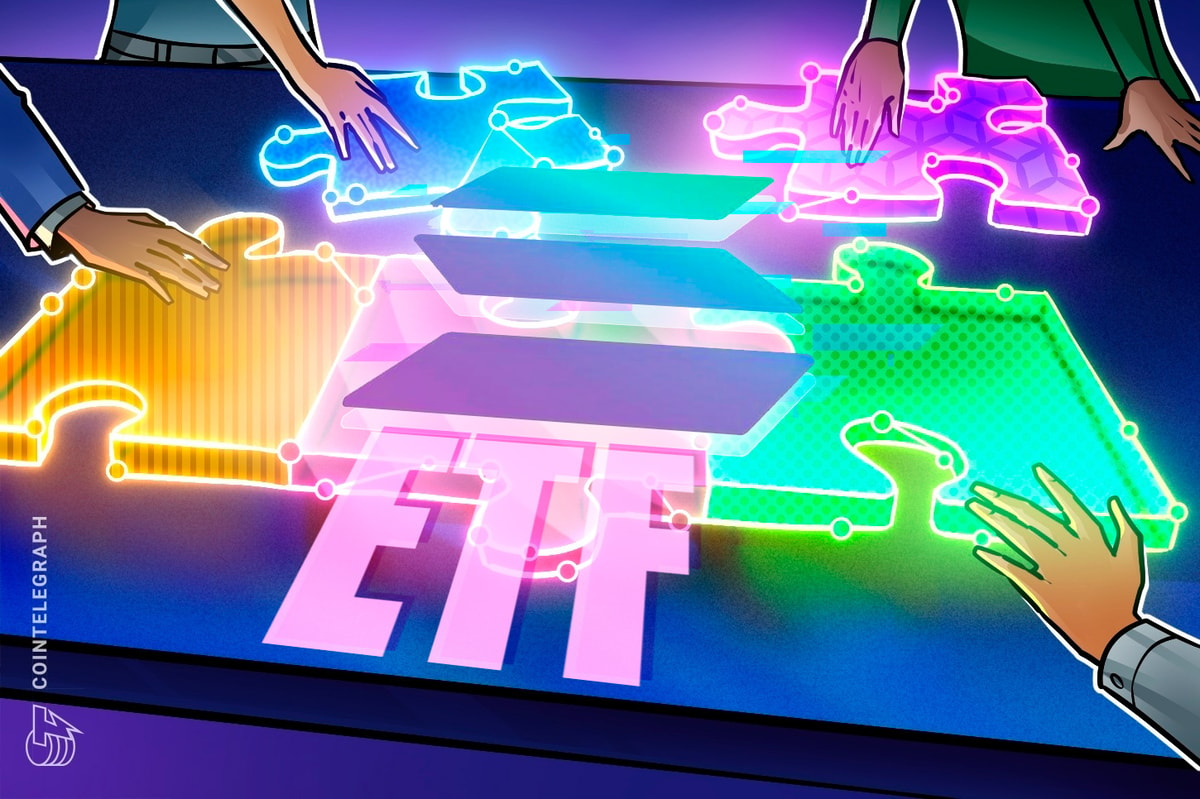In brief
- The European Central Bank has again issued a warning over stablecoins.
- Major companies and banks have shown interest in issuing the tokens.
- U.S. President Donald Trump this year signed a law establishing a regulatory framework for stablecoins.
First they were dubbed "confusing." Then they were described as "susceptible to vulnerabilities."
Now, following the surge in interest in stablecoins, the European Central Bank reiterated its warning of the risks associated with the assets in a new report. The bank said that "broadening investor interest and global regulatory developments" has pushed the market cap of the tokens to a new high—and this could "pose financial stability risks."
"Stablecoins' primary vulnerability is that investors lose confidence that they can be redeemed at par," the ECB's report read. "This loss of faith can simultaneously trigger a run on a stablecoin and cause a de-pegging event."
It continued: "Given the importance of stablecoins in the crypto ecosystem, a large adverse stablecoin shock would be detrimental for crypto markets," adding that "other market segments could also be affected through spillovers and second-round effects."
The report noted that Tether's USDT and Circle's USDC are among the largest holders of U.S. Treasury bills, and have been among the biggest net acquirers of short-term Treasuries in recent months. "A run on these stablecoins could trigger a fire sale of their reserve assets, which could affect the functioning of US Treasury markets," the report said.
Stablecoins issued by companies are typically backed by assets such as treasuries and dollars. They are favored by many crypto traders for transactions without having to use the traditional banking system. But the GENIUS Act signed by U.S. President Donald Trump in July established a framework for issuing and trading the tokens.
The resulting, friendlier regulatory environment has spurred the latest spike in adoptions. Earlier this year, U.K. investment bank Standard Chartered forecast that stablecoins' market capitalization would mushroom to $750 billion by the end of 2026, a 144% increase from its current $307 billion.
Now, major companies like Amazon, Meta, and PayPal, as well as big banks like JPMorgan Chase, Bank of America, and Citigroup, are interested in issuing their own versions of stablecoins.
Tether's USDT, the largest stablecoin with a $184 billion market capitalization is by far the most-traded cryptocurrency, according to crypto data provider CoinGecko.
The ECB said that "financial stability risks stemming from stablecoins are limited within the euro area" as most of the digital tokens are pegged to U.S. assets, such as treasuries.
"Moreover, U.S. dollar-denominated stablecoins dominate in the stablecoin market, limiting stablecoins' interconnections with euro area financial markets through their reserve assets," it noted.
Still, the report added that the rapidly growing use of the tokens merited close monitoring.
The ECB is now pushing ahead with its own central bank digital currency (CBDC).
Christine Lagarde, president of the European Central Bank, announced in October that the Governing Council is moving into the "final phase" of developing its CBDC as it aims to digitize cash.
Many in the crypto space have spoken out about the dangers of a CBDC, claiming it would give authorities too much control over citizens' spending.
CBDCs are different to decentralized cryptocurrencies like Bitcoin and Ethereum because they are controlled by a central authority—a central bank.
During his campaign, President Trump called the technology a "dangerous threat to freedom." In January, he signed an executive order banning agencies from issuing CBDCs in the U.S.
Daily Debrief Newsletter
Start every day with the top news stories right now, plus original features, a podcast, videos and more.

 18 hours ago
7
18 hours ago
7







 English (US) ·
English (US) ·